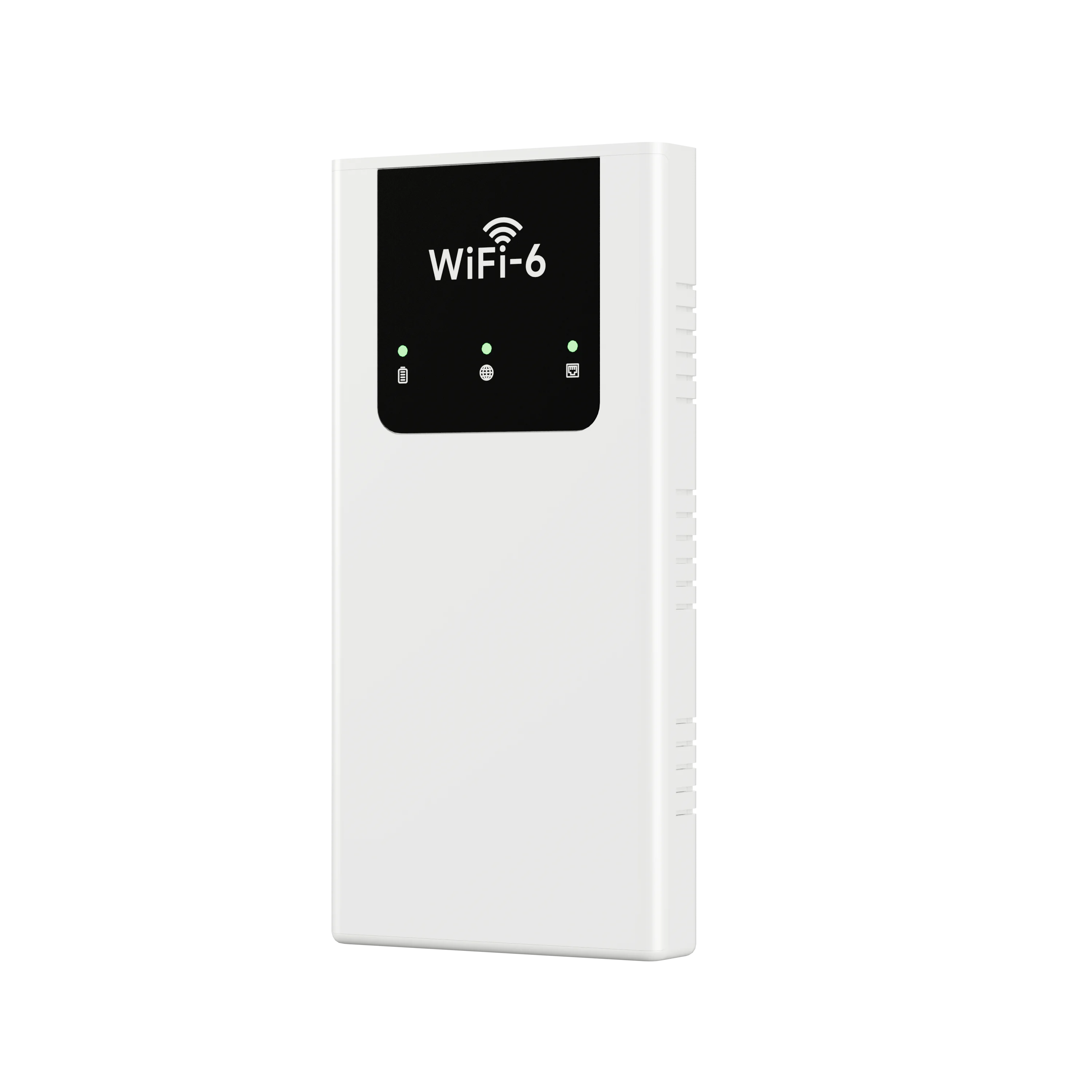Navigating the Pitfalls: Common Issues and Solutions with Contactors in Electrical Systems
In the realm of electrical engineering, contactors play a pivotal role in controlling the flow of electricity to various devices and systems. These electromechanical switches are essential for managing high-power loads, making them indispensable in industrial, commercial, and residential applications. However, like any component in an electrical system, contactors can encounter issues that may lead to operational failures, safety hazards, and increased maintenance costs. In this article, we will explore the potential pitfalls associated with contactors, their causes, and effective solutions to mitigate these risks.
Understanding the Role of Contactors
Before delving into what can go wrong with contactors, it’s crucial to understand their function. A contactor is designed to switch electrical circuits on and off, typically in response to a control signal. They are commonly used in motor control applications, lighting systems, and heating equipment. The primary components of a contactor include the coil, contacts, and enclosure, each of which can be susceptible to various issues.
Common Issues with Contactors
- Contact Welding
- Description: One of the most prevalent issues with contactors is contact welding, where the contacts fuse together due to excessive current or arcing.
- Causes: This can occur when the contactor is undersized for the load it is controlling or when there are frequent on/off cycles that generate heat and electrical arcs.
- Solutions: To prevent contact welding, ensure that the contactor is appropriately rated for the load. Implementing soft-start mechanisms can also reduce inrush currents, minimizing the risk of welding.
- Coil Burnout
- Description: The coil of a contactor can overheat and burn out, leading to failure in the switching mechanism.
- Causes: This can be caused by prolonged operation at voltages higher than the coil's rated voltage, or by a short circuit in the control circuit.
- Solutions: Regularly inspect the control circuit for faults and ensure that the coil voltage matches the specifications. Using surge protection devices can also help mitigate voltage spikes.
- Mechanical Wear and Tear
- Description: Over time, the mechanical components of a contactor can wear out, leading to unreliable operation.
- Causes: Frequent cycling, environmental factors (such as dust and moisture), and poor installation can contribute to mechanical degradation.
- Solutions: Implement a routine maintenance schedule that includes cleaning and inspecting contactors. Consider using contactors with sealed enclosures in harsh environments to protect against contaminants.
- Electrical Noise and Interference
- Description: Electrical noise can disrupt the operation of contactors, leading to erratic behavior or unintended switching.
- Causes: This is often caused by nearby electrical equipment or poor grounding practices.
- Solutions: Employing proper grounding techniques and using shielded cables can help reduce electrical noise. Additionally, installing filters can mitigate interference.
- Overheating
- Description: Overheating can lead to insulation breakdown and eventual failure of the contactor.
- Causes: This can result from high ambient temperatures, inadequate ventilation, or excessive load.
- Solutions: Ensure that contactors are installed in well-ventilated areas and that they are not overloaded. Monitoring temperature and load conditions can help prevent overheating.
Best Practices for Contactors
To ensure the longevity and reliability of contactors, consider the following best practices:
- Proper Sizing: Always select contactors that are rated for the specific load and application. Consult manufacturer specifications and guidelines.
- Regular Maintenance: Implement a proactive maintenance program that includes inspections, cleaning, and testing of contactors.
- Environmental Considerations: Choose contactors designed for specific environmental conditions, such as moisture or dust resistance, to enhance durability.
- Training and Awareness: Educate personnel on the proper operation and maintenance of contactors to minimize human error and operational risks.
Conclusion
While contactors are essential components in electrical systems, they are not immune to issues that can compromise their performance and safety. By understanding the common problems associated with contactors and implementing effective solutions, engineers and technicians can enhance the reliability of their electrical systems. Regular maintenance, proper sizing, and awareness of environmental factors are crucial in navigating the potential pitfalls of contactors. By taking these proactive steps, you can ensure that your contactors operate efficiently and safely, ultimately contributing to the overall success of your electrical projects.
